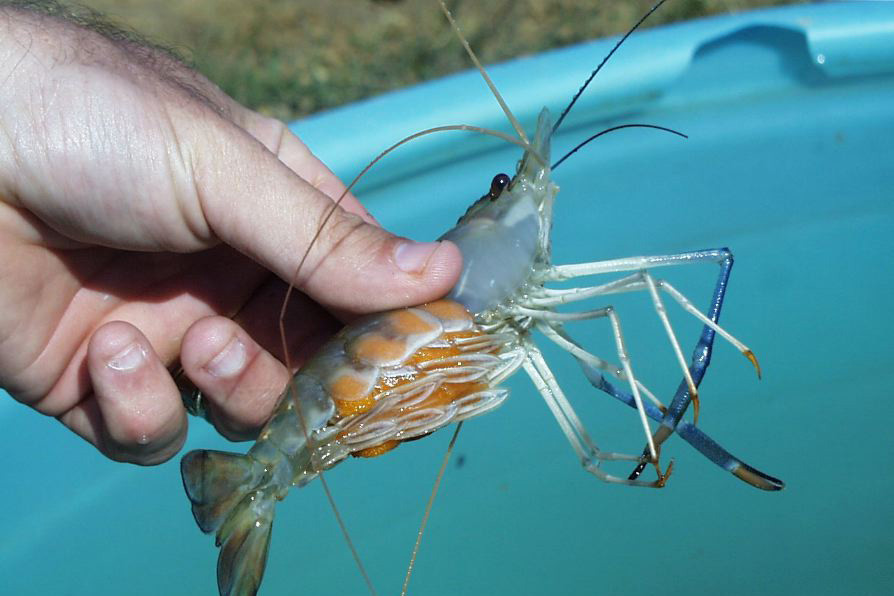Diseases and pollution to stabilise China’s aquaculture

China is the largest seafood producer, consumer and exporter in the world. This will only increase in the coming years, but the country also has to deal with challenges such as diseases and pollution pressure.
This is according to the Rabobank report ’China’s Changing Tides’. China has naturally developed a reliance of seafood, as the country has relative scarce arable land available. Currently, China’s seafood consumption (in volume) makes up 37% of global seafood consumption. This is almost 7 times higher than consumption in the whole of North America. In the last decade. China’s aquatic product consumption increased by almost 50% and reached 62 million tonnes, this contributed to 65% of the global increase in seafood consumption. In the next decade, 53% of the increase in total aquatic consumption will be due to China.
Disease and environmental pressure
With regards to export, China is currently a net seafood exporter with US$ 20 billion of exports. The second biggest exporter is Norway, followed by EU-28, US and Thailand. However, in the coming years, Rabobank expects that China’s large net trade surplus of seafood will be reduced. Some of the reasons include the higher cost of labour/lower labour availability, diseases/pollution pressure in aquaculture and environmental regulations. With regards to disease pressure, the Chinese domestic shrimp industry has been impacted by disease outbreaks more than most others in the region, which is resulting in the (at best) stagnation, or decline, of production and exports of shrimp. At the same time, the country uses technology based solutions, such as better feed and genetics, more modern technology for feed application, processing machinery to counteract the rising costs.
Less wild-catch, more farmed
The report states that in the coming years, China’s seafood production will stop growing and will potentially decline. This is mainly the result of the prioritising of the industry to make sure the aquaculture sector is sustainable and environmentally friendly. In the latest 5 year plan (2016-2022) the aim is to reduce the total seafood production from 67 million tonnes in 2015 to 66 million tonnes by 2020. The decrease will, for a large part, be the result of decreased wild-catch in inland and coastal Chinese waters. Chinese fish farms plan to continue to increase in order to maintain the total seafood production at a level close to current production.
Source: Rabobank











